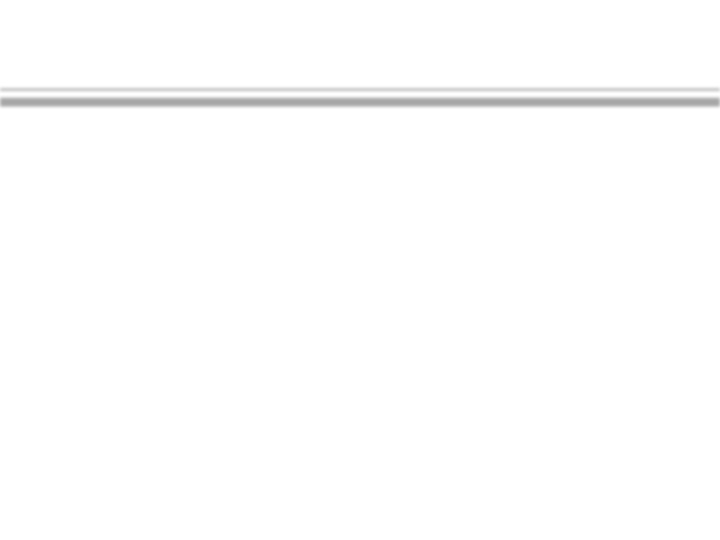



Charter Schools and Equity in Education Huriya Jabbar Assistant Professor Education Policy and Planning Department of Educational Administration
Today’s Talk • Emergence of charter schools • What we know (and don’t know) about charters and: • Student outcomes • Parent choice • Competitive effects • School diversity • Teachers • Politics and governance • Summary and key questions
Charter Schools, Markets, and Equity • What is a charter school? • Started in 1991 • Publicly funded • Privately managed (mostly non-profit) • Why did they emerge? • Multiple aims • Market-oriented vision becomes dominant
35 Number of States 30 25 20 15 10 5 0 Source: Farrell, C. (2013). Taking Stock of Charter Schools. University of California, Berkeley.
What does the research say about charter schools and student outcomes? • On average, no or small differences between TPS and charters in test scores • But larger positive impacts for some schools • Less attention to other outcomes • Variation in methods, charter laws, charter types à Need more nuanced questions and evaluation of broader set of outcomes Berends, 2015; Betts & Tang, 2011; CREDO, 2013, 2015; Dobbie & Fryer, 2015; Lubienski & Weitzel, 2010; Wohlstetter et al., 2013
What does the research say about how parents choose schools? • Goals: • Put pressure on schools • Better match between families’ needs and school offerings, put pressure on schools • But choice is complex, positioned, and not “rational” • Choice alone cannot guarantee equity if quality and distribution of schools is unequal Bell, 2009; Betts & Loveless, 2010; Cooper, 2007; Harris & Larsen, 2015; Holme, 2002; Sattin-Bajaj, 2014; Schneider & Buckley, 2002; Wohlstetter et al., 2013
What about students left behind in TPSs? • Theory vs. reality of competitive effects • Mixed results • Schools’ strategies inconsistent with theory • Again, need to explore mechanisms and conditions Belfield & Levin, 2002; Jabbar, 2015; Jennings, 2010; Ni & Arsen, 2010
What does the research say about charter schools and diversity? • Charter schools more segregated than TPS in area • Why? • Does it matter? • Separate but equal? • Choice as a missed opportunity Bifulco & Ladd, 2007; Brookings, 2016; Frankenberg et al., 2010; GAO, 2012; Garcia, 2008; Golann, 2015; Jabbar, 2015; Scott, 2005; UCLA Center for Civil Rights Remedies, 2016; Wohlstetter et al., 2013; Zimmer & Guarino, 2013
What does research say about teachers and leaders in charter schools? • Less research in this area. • Concern in charter community over staff diversity and retention • Higher rates of turnover for teachers and leaders in charter schools • Hiring and compensation flexibility Baker & Dickerson, 2006; Cannata & Penaloza, 2012; Carruthers, 2012; Sun & Ni, 2016; Stuit & Smith, 2012
Who decides, who resists? • Governing education markets • Regulation and oversight • Politics of charter schools • Interest groups, philanthropy • Researching charter schools Henig, 2008; Lubienski, Scott, & Debray, 2011; Reckhow & Snyder, 2014; Scott, 2009
Key takeaways, remaining questions • Variation in charter effectiveness • Some charters show gains in student achievement • Rethink assumptions of choice • Parent choice constrained, not based only on academics • Competition places pressure on schools, but strategies used to compete are not those expected by policymakers • Charter schools exacerbate segregation • Regulation and oversight likely key to ensuring equity, but understudied • 25 years later, still many unanswered questions • Need more nuanced research, broader policy discussion
Thank you! Comments, questions: Huriya Jabbar Assistant Professor Educational Policy and Planning Department of Educational Administration The University of Texas at Austin jabbar@austin.utexas.edu
Recommend
More recommend